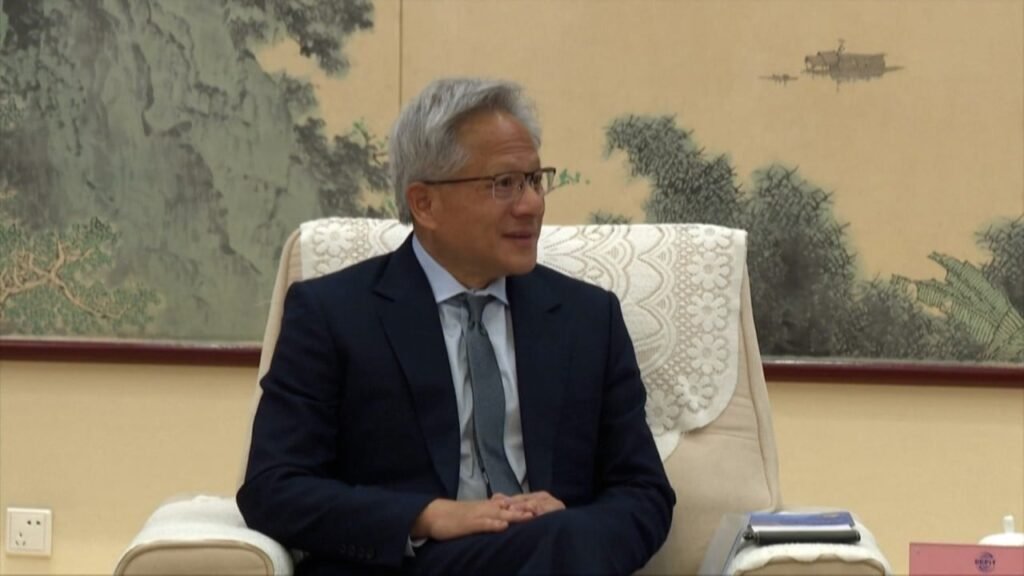HELSINKI — China launched a second collaborative seismo-electromagnetic satellite early Saturday, aimed at detecting electromagnetic precursors to natural disasters such as earthquakes.
A Long March 2D rocket lifted off at 3:56 a.m. Eastern (0756 UTC) June 14 from Jiuquan Satellite Launch Center in northwest China. Launch footage showed insulation tiles falling away from the rocket as it climbed into a clear blue sky above the spaceport, with hypergolic exhaust also visible.
The China Aerospace Science and Technology Corporation (CASC) announced launch success within 40 minutes of liftoff, revealing the mission to be carrying the China Seismo-Electromagnetic Satellite-2 (CSES-2), also known as Zhangheng-2, named after a Han dynasty polymath.
CSES-2 is based on CSES-1, which launched in 2018 and developed in collaboration with Italy, but also features upgrades in terms of design lifetime and expanded observation capabilities. A new ionospheric photometer has been added to improve the satellite’s ability to analyze the ionosphere’s layered structure in greater detail.
Like CSES-1, the satellite will look for correlation between earthquakes and electron flux activity in the inner Van Allen belt.
“The satellite has a design life of six years and carries nine payloads, including an electric field detector developed by China and Italy and a high-energy particle detector developed by Italy,” according to the China National Space Administration (CNSA). Austria is also involved in the mission, with the Space Research Institute of the Austrian Academy of Sciences (IWF) providing a scalar magnetometer.
CSES-2 will monitor global electromagnetic fields, ionospheric and atmospheric conditions in near real-time, and detect electromagnetic anomalies linked to geological or human activities, as well as thunderstorm and lightning events. CSES-2 aims to enhance China’s early warning and risk assessment capabilities, and monitoring of natural disasters such as earthquakes, tsunamis, volcanic eruptions and severe storms.
The satellite is intended to operate in a 507-kilometer-altitude sun-synchronous orbit, matching that of CSES-1, but with a phase difference of 180 degrees. U.S. Space Force space domain awareness cataloged an object associated with the June 14 launch in a closely matching orbit. CSES-2 is based on a 3-axis-stabilized CAST2000 platform from DFH Satellite Co., Ltd., under the umbrella of CASC.
The new satellite looks to build on the work of the first in the series. The CSES-1 satellite detected significant changes in electric and magnetic field oscillations, plasma density and energetic particles that correlate with seismic activity and thunderstorms, according to a paper published in the journal Earthquake Research Advances in January.
Its observations also include potential precursory signals to earthquakes and volcanic activity, such as ionospheric disturbances and plasma anomalies, suggesting that space-based electromagnetic monitoring can support early warning systems.
The mission was China’s 34th orbital launch attempt of 2025, following a June 5 launch of five satellites for the Guowang constellation using a Long March 6A rocket.









